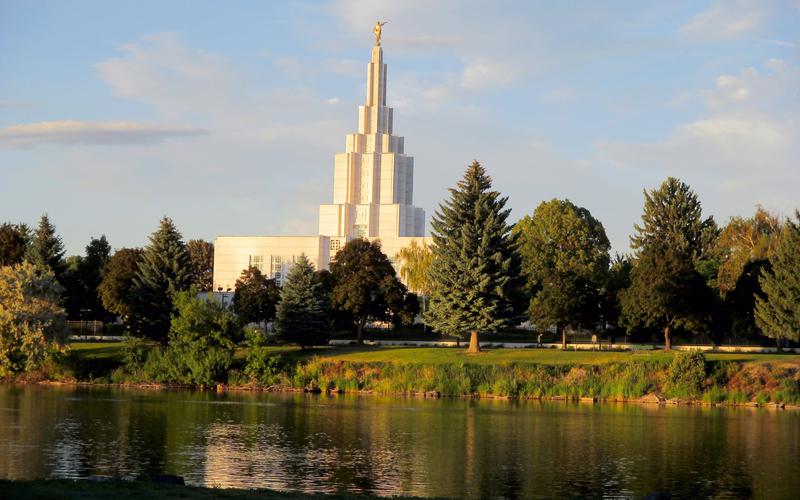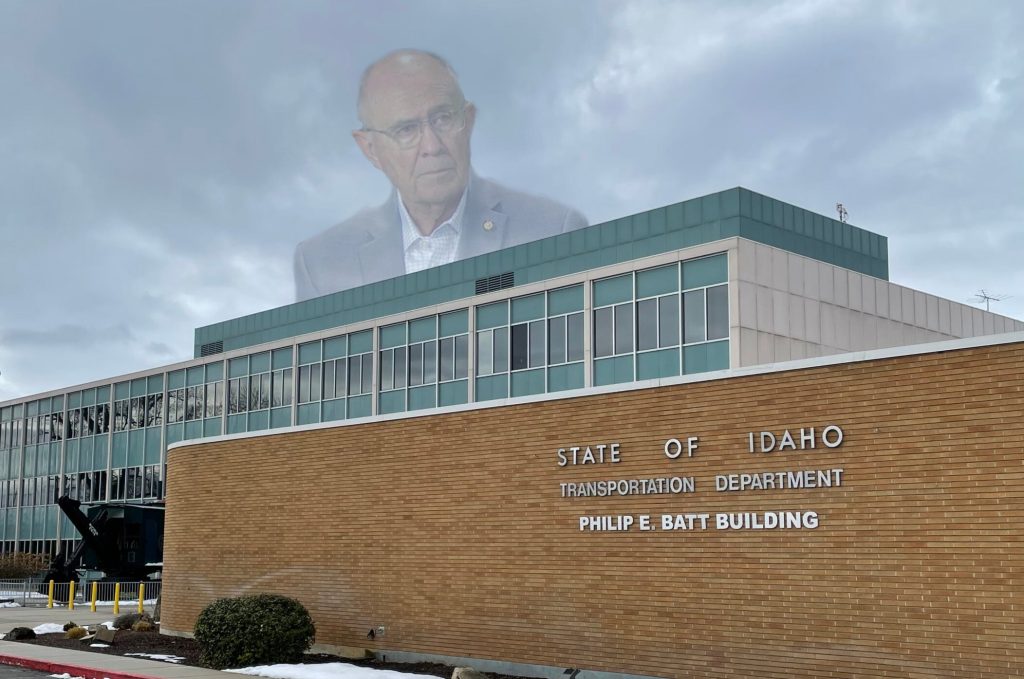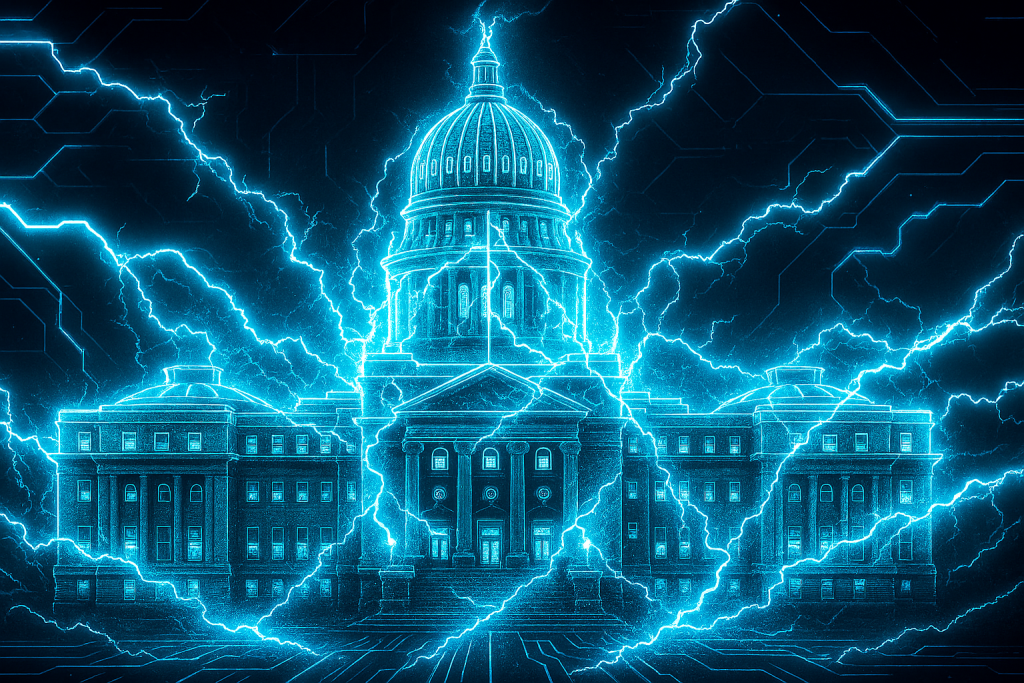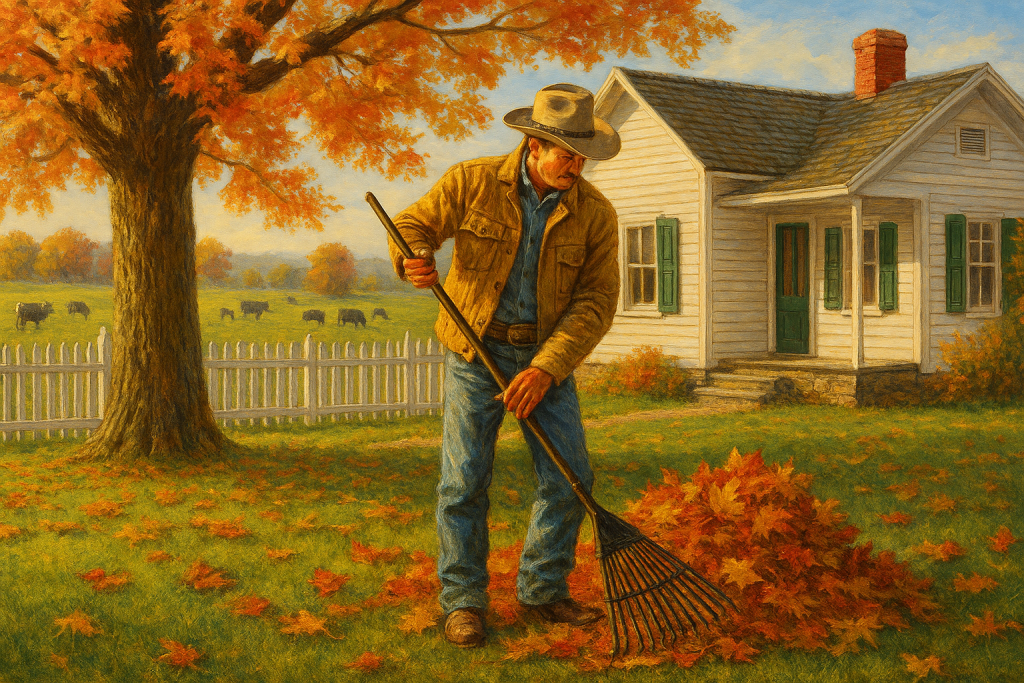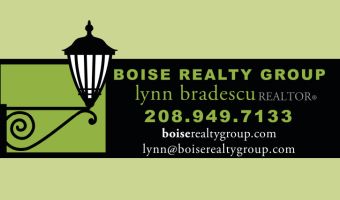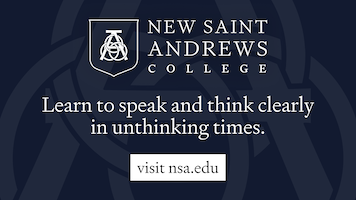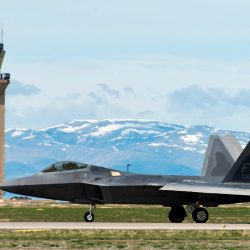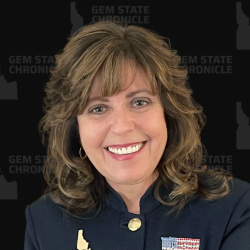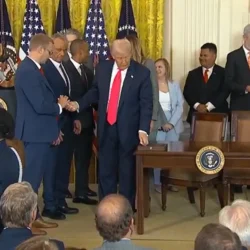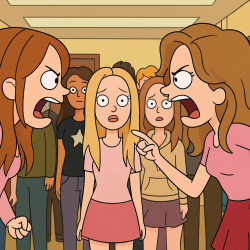If you’ve followed Idaho politics over the past few years, you know how contentious things have become in eastern Idaho. Members of the Bonneville County Republican Central Committee censured several elected lawmakers for allegedly not adhering to the Idaho GOP Platform, only for voters to respond by ousting a majority of precinct committeemen in the May 2024 primary.
Consider the contrast in District 32, which covers the area outside Idaho Falls proper. It is represented by Rep. Wendy Horman, sponsor of the Parental Choice Tax Credit, as well as Rep. Stephanie Mickelsen, who joined as a plaintiff in a lawsuit against that same law.
Idaho Falls itself makes up District 33, and its legislators span the ideological spectrum. Rep. Barbara Ehardt, Rep. Marco Erickson, and Sen. Dave Lent represent a wide range of positions within the Republican Party.
But what about the city itself? Idaho Falls serves as a central hub not only for eastern Idaho but also for southwest Montana and northwest Wyoming. Settlement began in the mid-to-late 1800s, shortly after Idaho became a territory, and accelerated after Matt Taylor built a toll bridge across the Snake River. The railroad arrived in the late 1870s, carrying travelers to Montana copper mines, and homesteaders soon followed. However, the town—then called Eagle Rock—faced a sharp decline when the main railroad line shifted south to Pocatello.
In 1891, local leaders renamed the town Idaho Falls, perhaps hoping to attract more settlers. Four years later, completion of the Great Feeder irrigation canal transformed the region into one of the most agriculturally productive areas in the country, drawing farmers and homesteaders once again. The region’s first hydroelectric dam began operating in 1900, providing electricity to the growing community.
Today, Idaho Falls is known not only for its famous Idaho potatoes but also as a hub for American nuclear energy research. The National Reactor Testing Station—later the Idaho National Laboratory—produced the world’s first electricity from nuclear power in 1951. The nearby town of Arco soon became the first community ever powered entirely by nuclear energy.
Roughly 70,000 people now call Idaho Falls home, and the city vies with Caldwell for the title of Idaho’s fourth-largest municipality. About 60% of residents are members of The Church of Jesus Christ of Latter-day Saints, reflecting the deep LDS influence in the history of eastern Idaho and neighboring Utah. Many residents trace their lineage back to the Mormon pioneers who migrated west nearly two centuries ago.
Agriculture and nuclear energy still provide many local jobs. Melaleuca, the multi-billion-dollar wellness company founded by Frank Vandersloot, is headquartered there as well. Idaho Falls has long been considered a hidden gem of the Mountain West, appearing frequently on “best small cities” lists. But growth brings growing pains.
In 2021, the city adopted a comprehensive plan called Imagine IF, outlining how Idaho Falls will grow through the rest of the 21st century. The plan addresses issues such as affordable housing, healthcare access, parks and open spaces, mass transit, and other challenges that accompany urban expansion.
One side effect of that growth is that descendants of early homesteaders—many of whom inherited large tracts of farmland—are incentivized to sell to developers building suburbs or apartment complexes. Dozens of high-density projects have appeared in just the past four years. As in many cities, developers and homebuilders tend to support council and mayoral candidates whose policies align with their goals.
Another major issue, especially in eastern Idaho, is the divide between natives and newcomers. Although an estimated 20–30% of Idaho Falls residents have moved there within the past 25 years, some descendants of 19th-century settlers still look down on newer arrivals. That tension appears to be surfacing in the mayoral race, where City Council Member Lisa Burtenshaw has emphasized her Idaho heritage as a reason voters should support her over challengers Jeff Alldridge and Christian Ashcraft.
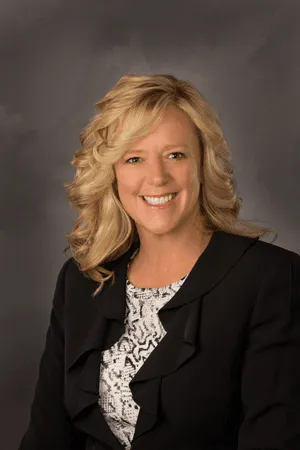
Burtenshaw has served on the Idaho Falls City Council since 2021, after being appointed to fill a vacancy. She is backed by local business leaders and several eastern Idaho Republican officials, including Sen. Lent and Rep. Mickelsen. She has raised nearly $20,000 as of this writing, in addition to a $50,000 loan.
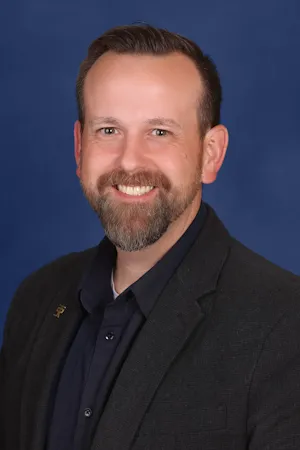
Alldridge moved to Idaho Falls more recently and manages the creative team at a major information technology firm. His campaign site lays out a detailed roadmap for the city’s future, emphasizing that every decision should be guided by one question: Does this put today’s residents and businesses first? Alldridge has raise just over $17,000 as of this writing.
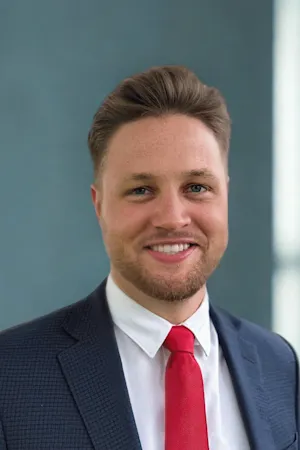
Ashcraft operates a local gourmet fry stand. He earned a degree in public policy and administration from BYU-Idaho, which he says has helped him navigate interactions with local government. Ashcraft argues that his blend of policy knowledge, small business experience, and community service makes him an ideal candidate. He has only raised $1,000 as of this writing.
A recent flashpoint came when a reporter from East Idaho News asked Alldridge, “Are Mormons Christians?” Neither of the other candidates—both members of the LDS Church—received a similar question. Local News 8, which reported on the incident, will host a mayoral debate on Wednesday evening, which you can watch here.
(Editor’s note: The reporter who asked the question is with East Idaho News, not Local News 8 as originally written.)
Three City Council seats are also on the ballot, meaning Idaho Falls could wake up on November 5 not only with a new mayor but also with turnover in half its council. I’ve linked each seat name to Local News 8’s coverage for more information.
Seat 2 is a crowded race, with seven candidates vying to replace Lisa Burtenshaw:
- Jordan Bardsley
- Christopher Brunt
- Teresa Dominick
- Brandon Lee
- Mosy Moran
- Stephanie Taylor-Thompson
- Brad Whipple
Jared Dominick is running against incumbent Jim Francis for seat 4, while James Skinner is challenging incumbent Jim Freeman for seat 6.
You might have noticed a repeated surname, and that’s no coincidence: Jared and Teresa Dominick, a married couple, are both running for separate council seats.
I don’t know enough about Idaho Falls to tell you how to vote, but I hope these resources help as you make your decision. Many of the same divides seen elsewhere—high-density development versus small-town charm, old guard versus newcomers—are at play here, with ideological and religious undercurrents bubbling just beneath the surface.
Should power remain forever in the hands of the old families? Can growth be managed, or is high density inevitable? What will the next 10, 20, 50, or 100 years look like for Idaho Falls? That future is in the hands of the voters.
Feature image: Idaho Falls LDS Temple, photo via the LDS Church
Gem State Chronicle is a reader-supported publication. To receive new posts and support my work, consider becoming a free or paid subscriber.
About Brian Almon
Brian Almon is the Editor of the Gem State Chronicle. He also serves as Chairman of the District 14 Republican Party and is a trustee of the Eagle Public Library Board. He lives with his wife and five children in Eagle.


